This post may contain affiliate links, which means I’ll receive a commission if you purchase through my link, at no extra cost to you. Please read full disclosure here.
What does it take to be an Aquarium Mermaid Performer?
We can’t help but idolize professional aquarium mermaids when they perform graceful flips, blow perfectly formed bubble rings, and wave effortlessly to guests all while underwater inside an aquarium full of live ocean animals. Seeing these athletes perform is truly breathtaking- but how do they pull it off? The answer is hard work and lots and lots of practice! Trust me, being a professional mermaid is a lot more intense than it sounds- especially if you plan to swim with live animals in an aquarium mermaid show!
Training, Certifications & Prerequisites
Being a professional mermaid involves a LOT of training- both in and out of a mermaid tail. Most aquariums will require you to have several dive certifications before you can ever set fins in their tanks. This is both for your safety and the safety of the animals. When I toured with Wands and Wishes Mermaids at Sea Life Orlando Aquarium, I was required to have my Open water, EFR (Emergency First Responder), Open Water Rescue, and Advanced Open Water certifications. I also had to undergo personal training with the WW mermaids team to ensure I could meet their standards when in a mermaid tail.
If you are performing in an aquarium with no air, the aquarium may require you to carry a free diving certification as well. If you are performing “on air,” you will definitely want to have some prior experience breathing on an air hose with your face fully exposed. The sensation can be overwhelming or even induce claustrophobia in some people. If you can relax, and trust your mammalian instinct, you’ll do just fine breathing from a hose. Lastly, I highly recommend you have several hours logged of swimming in a mermaid tail before ever entering an aquarium exhibit. Move extra slowly with grace, and take care to watch out for sea creatures!
What to expect as an Aquarium Mermaid Performer:
Vision Impairments
Pro Mermaids have to overcome several vision impairments. First and foremost, we must open our eyes in saltwater- and make it look comfortable! In addition to the saltwater sting, we’re also coping with blurred vision- if you’ve ever taken your mask off underwater you know how little we can see! To make matters worse, some exhibits are dark, and it can be hard to tell where glass windows start and end!
While the mermaid appears to be well lit from the aquarium lights beaming down into the tanks, it can actually be difficult for the mermaid to see exactly where she’s going while swimming. The tank feels dark and foreign without a mask on and it can be hard to tell where the glass windows & tunnels start. It helps to swim with our arms extended out in front of us so we can catch the window- or other solid objects in the tank- with our hands before accidentally swimming right into it with our face! And yes I am speaking from experience when I say this!
Flooded Sinuses
Managing your sinuses is one of the trickier parts of being a mermaid. First off, due to the depth of most aquariums, you’ll want to be proficient in popping & clearing your ears. If you struggle with your sinuses, this is something you’ll want to practice and master before getting in an aquarium with live animals. Especially since you’ll be constantly flooding your sinuses while your exhale bubbles rush by your exposed nose, eyes, and ears. Mermaids are essentially trained in the art of being waterboarded and making it look easy!
Performing flips and twists can allow more water to rush into your sinuses and fill various cavities. This can be quite uncomfortable in the moment and even more bothersome later in the evening when it results in head congestion and a stuffy nose. Diving multiple times a day for a weekend or several weekends can take a toll on your sinuses causing ear aches or sinus colds. These injuries and ailments can bench a mermaid until they get cleared by a doctor so it’s important to use preventive care for mermaids whenever possible (full blog post linked here).
Live Animals… EVERYWHERE!
Swimming with live animals introduces a whole level of complexities most people don’t even consider. Certain animals can bite or sting, so mermaids are made aware of any potential risks before ever entering the tank. I was blessed to swim with zebra sharks, an eel, a sea turtle, and a sawfish, which were all noted as potential risks. With blurred vision it can be a little spooky when a risky animal approaches you, but with proper training, an experienced performer can stay calm and will know what to do.
Oh, and when I said “live animals everywhere,” I mean like up-your-nose-everywhere. No, the animals won’t swim that close to you, but you are definitely swimming in their waste and by-products. One thing I noticed immediately after exiting the tank, the exhibit water has a highly briney scent you can almost taste that lingers in your nose and throat once you get out of the water- stronger than any ocean I’ve been in. It’s pretty nasty to think about considering the amount of dead fish they feed to the animals and the amount of poop these animals are excreting. Even still, the aquarium does an excellent job maintaining its exhibits, and their large filtration systems help reduce the risk of spreading illness. I would not risk my health by swimming in an aquarium that appears ill-maintained.
Cold Water Temperatures
“Getting cold” was my biggest fear when it came to joining the WW Mermaid team. I love swimming with all kinds of sea life, I can handle a little sinus pressure, and I’m always up for the challenge of learning new tricks… but the one thing I can’t stand is being cold. And that’s exactly what most aquarium exhibits are: COLD!
The ocean habitat creatures I swam with on my first gig lived in 74*F water. To some this may sound comfortable, but for someone who enjoys Florida’s 80* waters, swimming in this water sounds like an absolute ice bath. Aside from the cold plunge of first getting into the exhibit, I found that my body would start to feel the chill at about 15 minutes of swimming, and that the shivers would set in (on and off) at about 20 minutes. Here are my learnings: Slow continuous swimming can help keep you warm. Deep guttural exhales can bring heat to your core and make you feel warmer as well. Seeing jumping kids on the other side of the glass always fills me with “warmth”, or at least provides some temporary distraction from the cold. If all else fails, the thought of the hot bath or shower when getting out of the tank will keep you going! Drinking hot tea can also help bring up your core temperature. Heated blankets and blow dryers are also amazing to have on hand in the break room for staying warm between gigs.
Mentally Demanding Work
Head game is something that can plague even experienced mermaids. If you’re not in the right headspace before entering the tank, any of the factors mentioned above can cause fear, and if you allow it to- induce panic. It’s important to keep a calm level head any time you are in water due to the risk of drowning. If you are feeling any type of anxiety prior to your swim, tell someone. If something is off during your swim, end your swim early & surface. It’s better to end your swim early than have a panic attack (or worse) underwater and in front of a crowd.
Physically Demanding Work
As I’m sure you’ve gathered, an aquarium mermaid job is physically demanding. Aquarium mermaid performers work long days, often spending 6-10 hours at the aquarium from load in to clean up, and actively swimming in a tank for up to a couple of those hours. During these swim performances, we are constantly trying to better ourselves, stretching our bodies and our lungs, pushing how many flips or twirls we can do or holding a smile underwater a little longer for a photo.
We’re holding our breath & constantly moving, all while wearing constricting heavy silicone mermaid tails. Yeah- in case you didn’t know, a realistic silicone mermaid tail can weigh 20-35lbs! And since a lot of that weight is carried in the fluke, it’s important to use proper foot protection to prevent blisters as much as possible.
Sore Cheeks from Smiling & looking Pretty through any pain
Not only do mermaids have to deal with all the elements of the exhibit, they have to look pretty and poised while doing so. Exhibits often have one large window or multiple viewing windows where the audience can see the performer at all times. That means once the mermaid is in the aquarium, she is “on” and in-character until the moment she gets out of the aquarium. She needs to smile, wave, and be able to interact and engage guests without being able to see them clearly or speak to them. Charisma is a talent and a skill all its own, that no mermaid performer should be without. Experienced mermaids will perform graceful flips and twists in the water- and make it look easy & natural!
Guests always comment on how beautiful the mermaids look- barely thinking twice about the composure required to look so relaxed underwater- and simplify the question to “how does their makeup stay on underwater?” Of course, mermaid performers know it takes work to look this good underwater & under the tank’s pin lights. Before getting in the water, we apply makeup boldly, like stage makeup. We use highly pigmented eyeshadow and seal our finished look with setting spray. Eyeliner & mascara should definitely be waterproof! We also have to maintain our hair throughout the day: styling it before each swim, managing not to get tangled up in it during each swim, and detangling any knots after each swim. Detangling hair between swims can be tricky since we only shower with soap at the end of the day, this way we aren’t introducing excessive hair products into the exhibit.
A sense of pride in your work, supportive friend group and memories that will last a lifetime!
Performing in an aquarium for my first time was one of my proudest mermaid moments in a while! For a long time I’ve dreamed of seeing myself behind the glass, waving and blowing kisses to little ones who truly believe in the magic! My biggest dream is to inspire and touch as many lives as possible. Swimming in an aquarium mermaid show gives you the opportunity to do just that! I love seeing the jumping blurs of little humans as they pat their tiny hands on the glass window with excitement. I can always feel a crowd’s energy through the aquarium glass (and sometimes I can even hear muffled “oohs”and “ahhs” or hear little ones squealing with delight at the sight of a “real mermaid!” Seeing the videos from the audience’s perspective also makes this job so appealing! You can see how realistic your art has truly become and see how captivated your audience is!
It also helps that mermaid performing is a team sport. Even though we have solo performances, you are constantly being cheered on by a team of supportive mermaids all working towards the same goal: to better themselves as mermaids to give the best performances of their lives. As a team, we discuss our personal goals for the day, such as slowing down movements, trying new tricks, or spending less time on air. Theres always something new to work on or improve and no lack of support from your fellow team members. After work, we’ll typically talk about how we did on our goals and share our favorite moments of the day. We have a lot of down time on our days off, so sometimes the mermaids go out together for hiking, yoga, swimming, dancing, and more just depending on the crew and the area.
Now you know the Truth behind the Mermaid Magic!
Being an aquarium mermaid performer takes a lot of hard work and dedication! The days are long and the swims are cold. The amount of training and costly certifications to get to the point where you can actually swim in an aquarium as a mermaid is definitely a huge accomplishment that should not be diminished by anyone- especially someone who’s never tried on a tail! If this sounds like something you want to do, start training now! Get a monofin and learn to swim gracefully in it – & ALWAYS swim with a buddy!

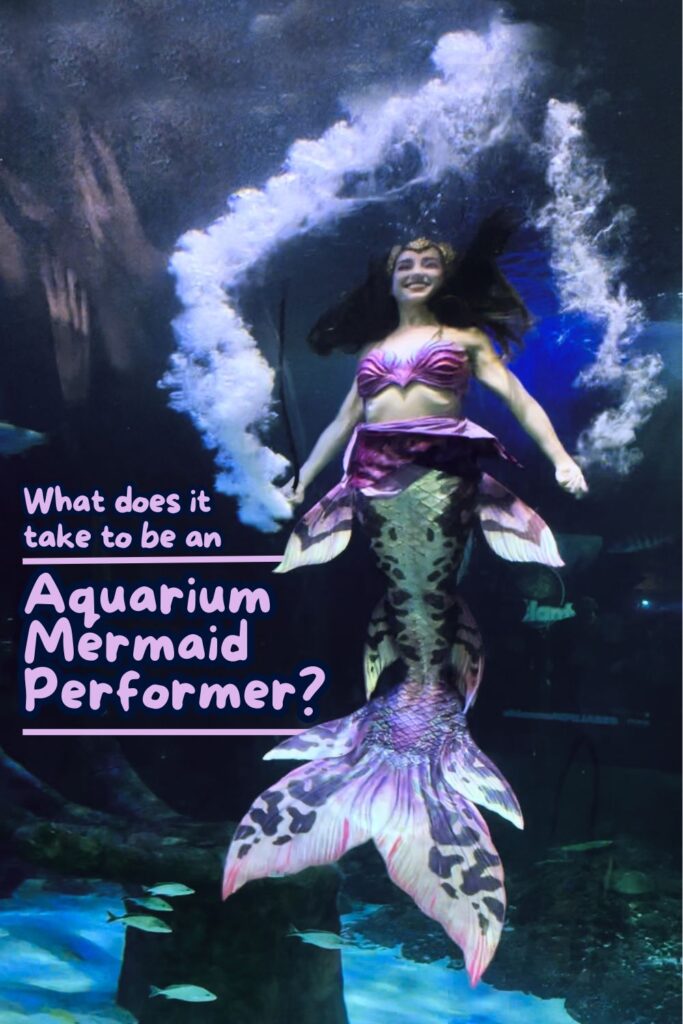
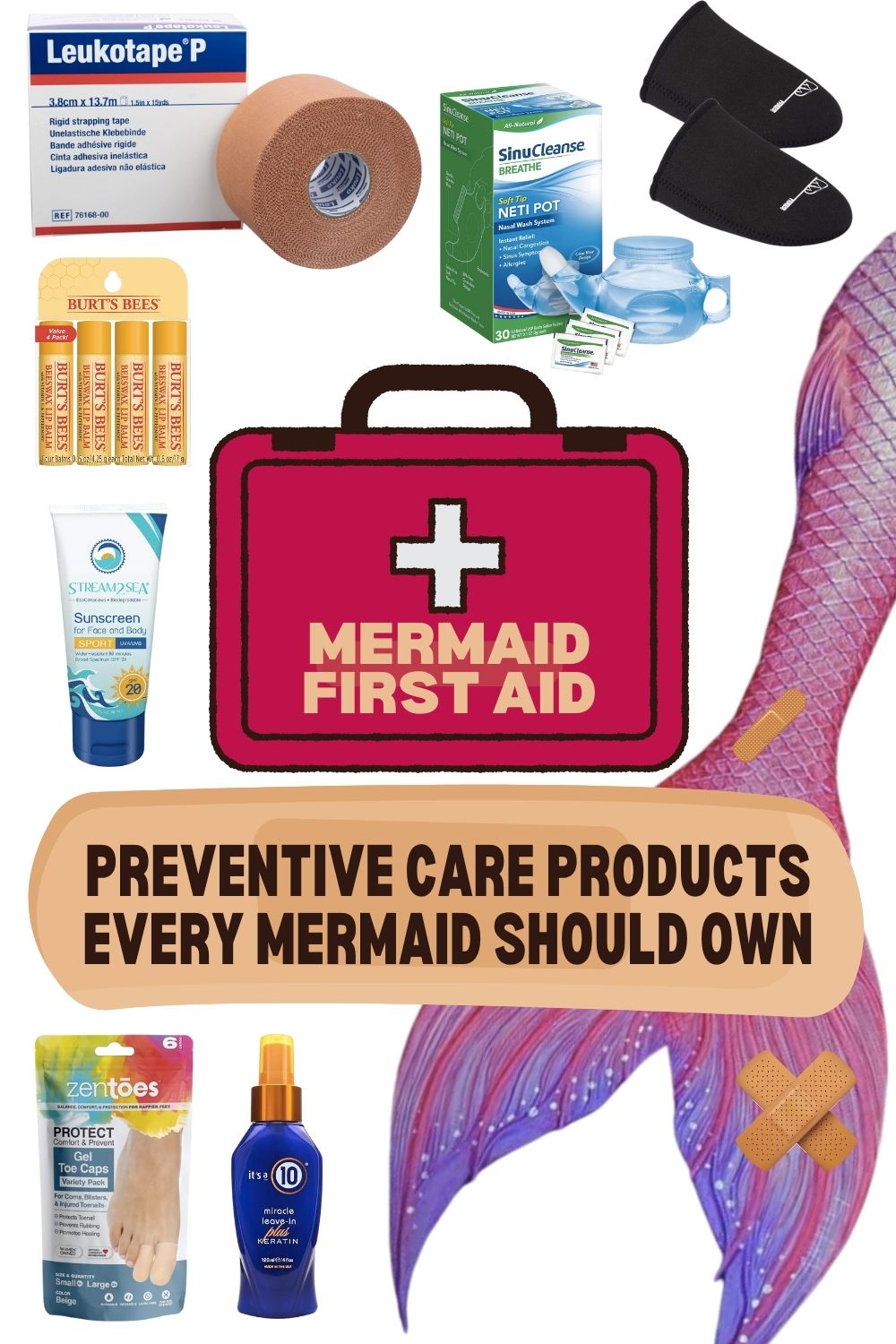
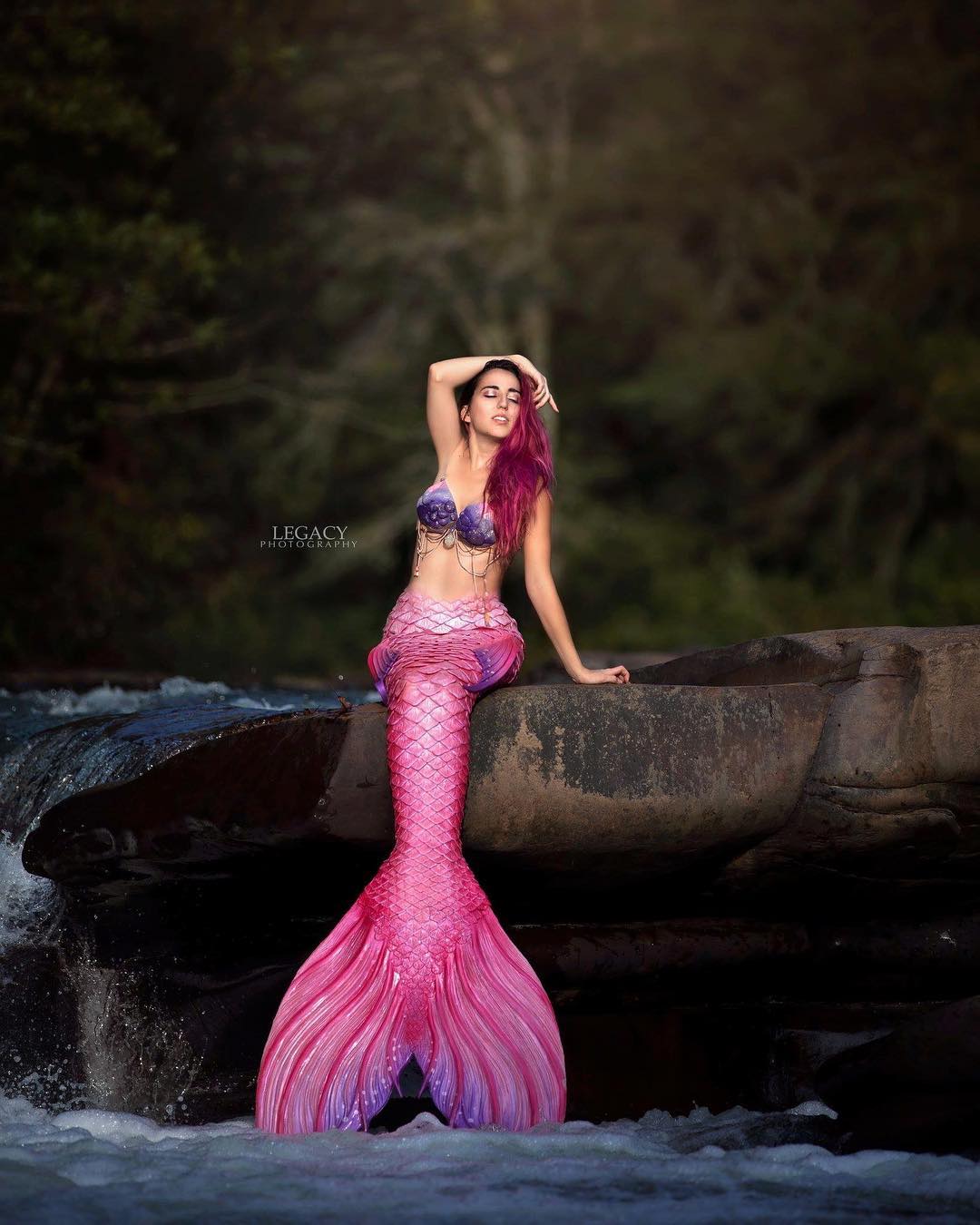
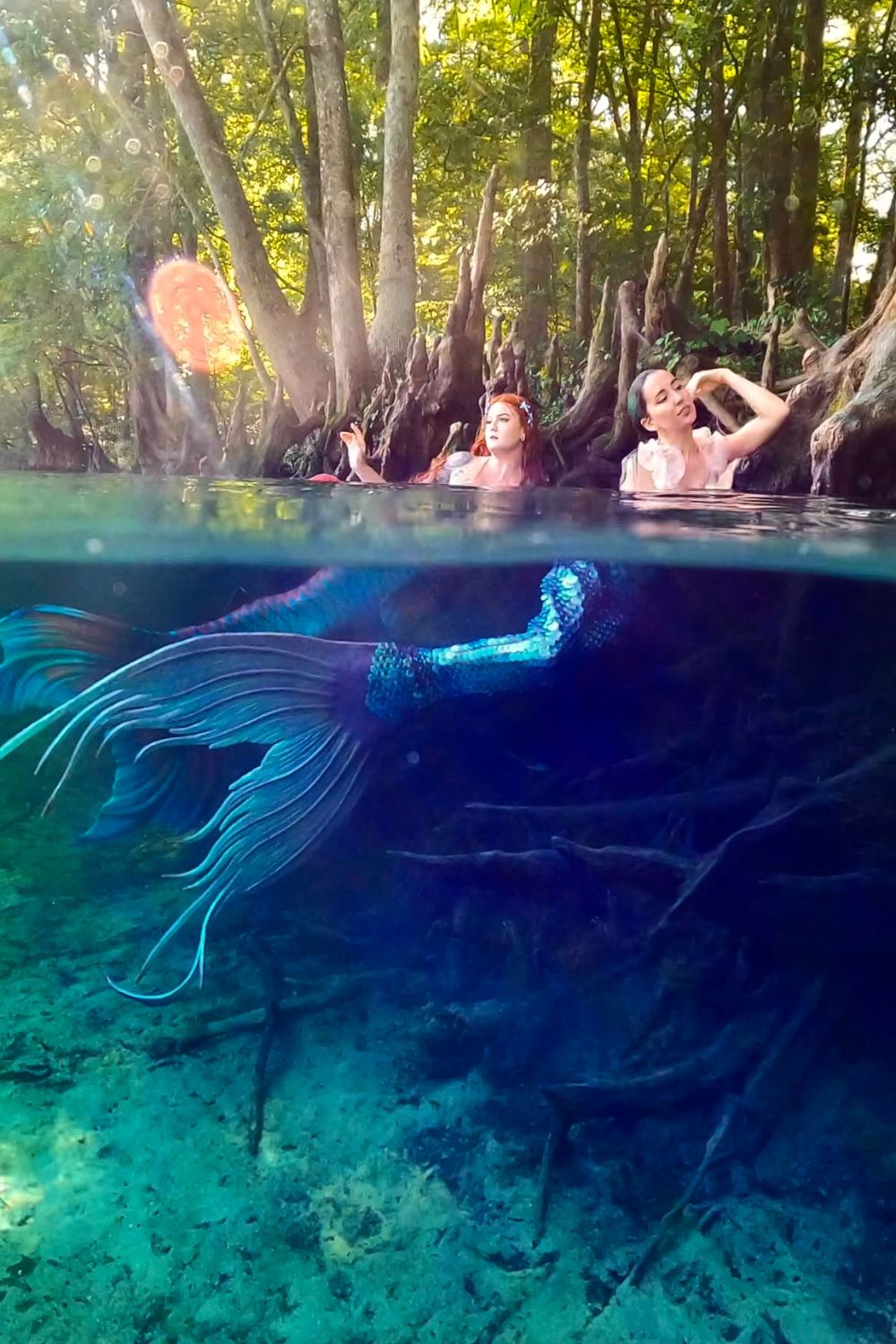
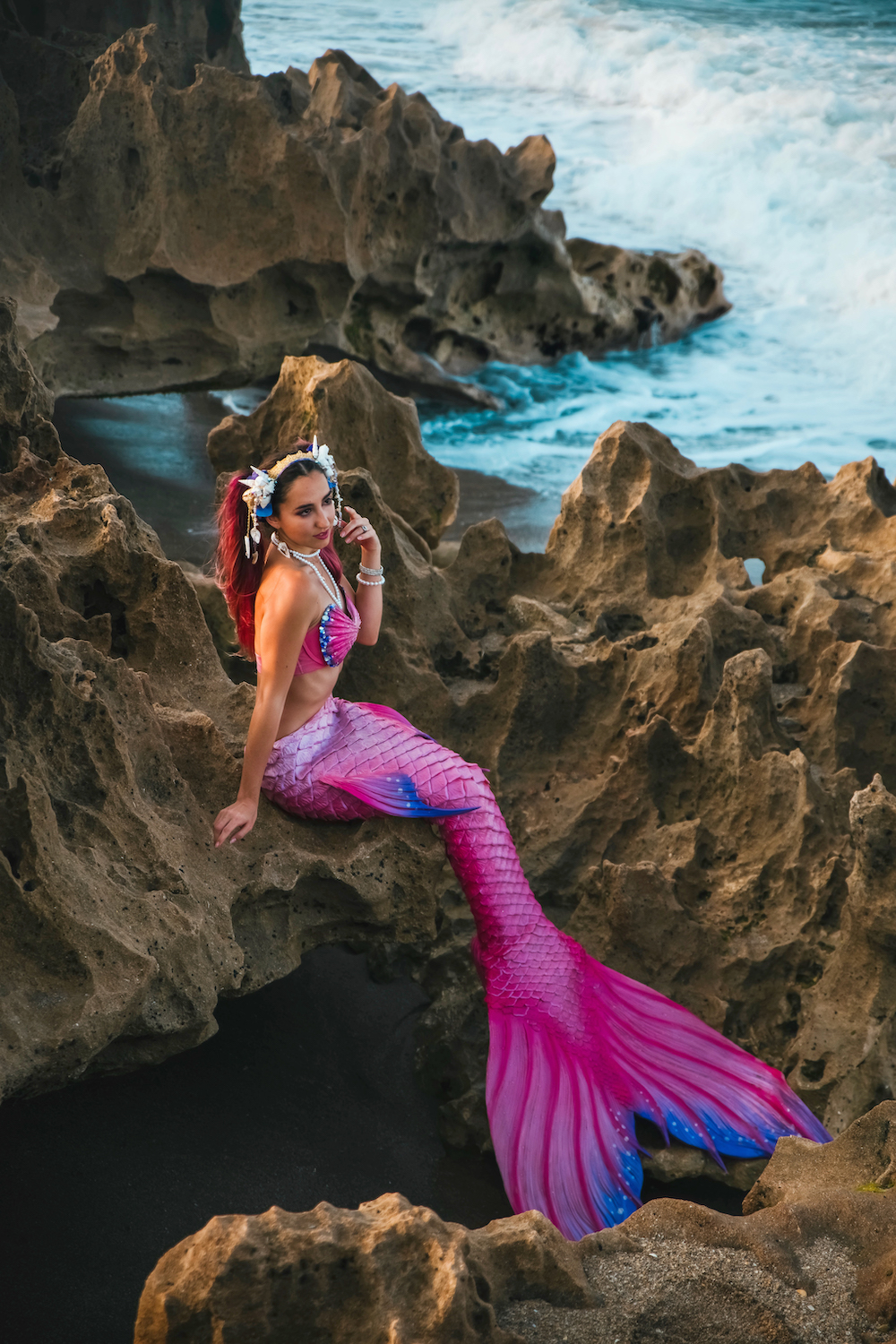
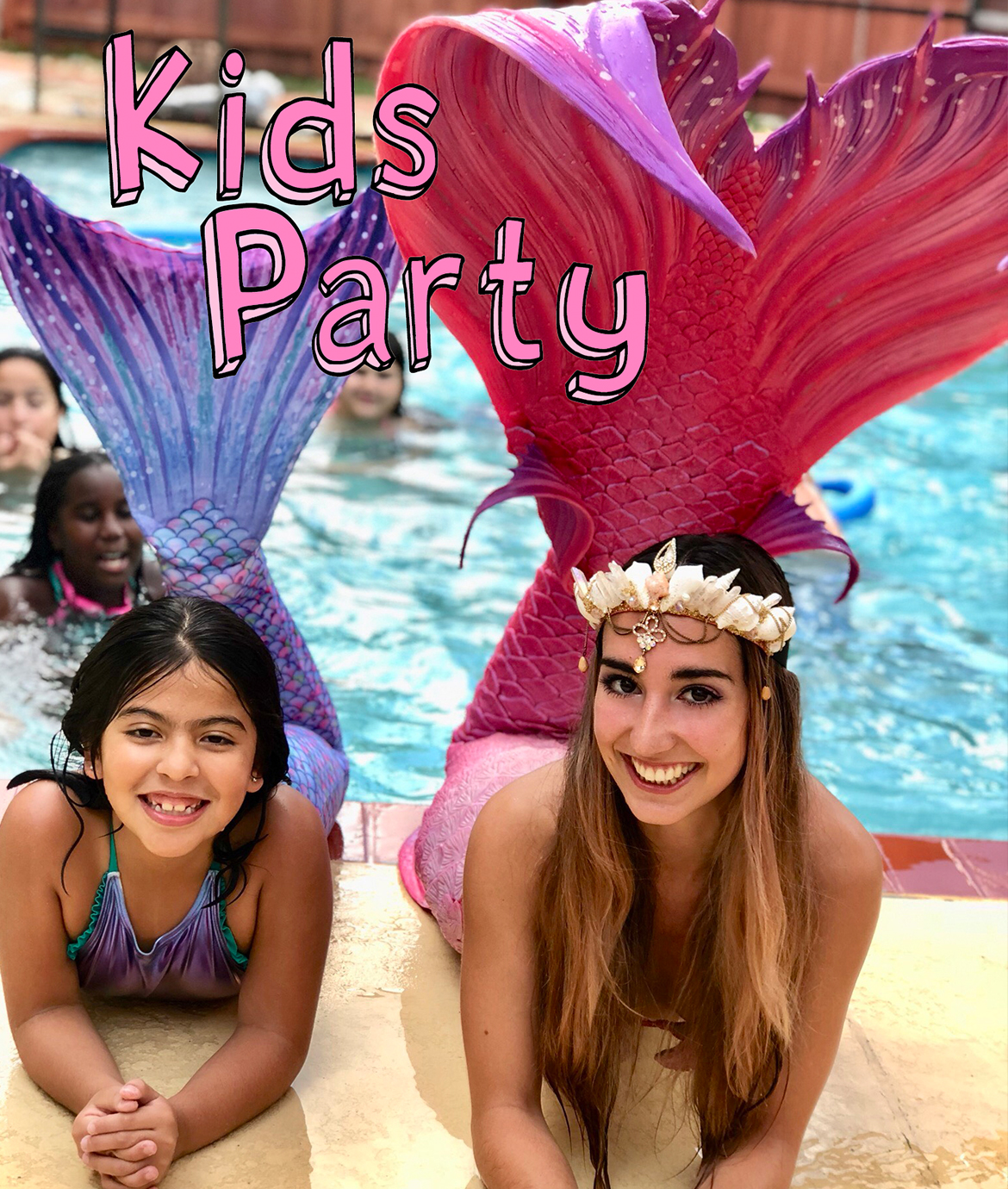
Article Comments